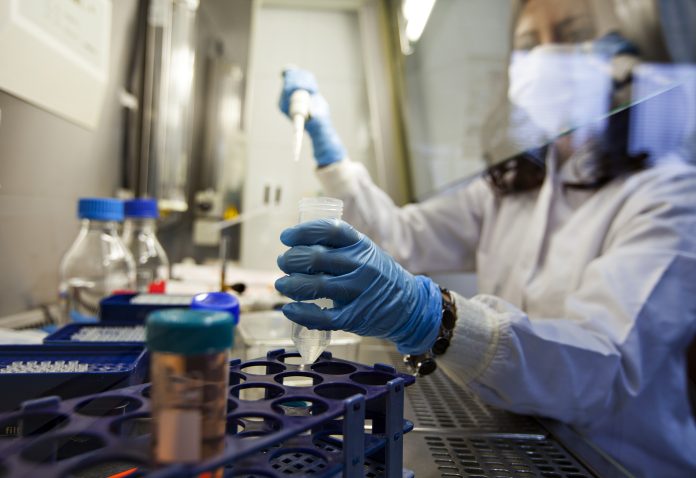An HIV vaccine candidate developed at the Duke Human Vaccine Institute has demonstrated the ability to trigger low levels of a rare type of neutralising antibodies (bnAbs) in a small group of participants
This finding marks a significant milestone in HIV research, providing evidence that a vaccine can stimulate the production of these powerful antibodies capable of combating various strains of the virus.
Targeting the membrane-proximal
The vaccine targets a specific area on the HIV-1 outer envelope known as the membrane-proximal external region (MPER). This region remains stable despite the virus’s rapid mutations, making it an ideal target for vaccination efforts. Antibodies that recognise this stable part of the HIV outer coat can potentially block infection by numerous circulating strains of the virus.
“This work is a major step forward as it shows the feasibility of inducing antibodies with immunisations that neutralise the most difficult strains of HIV,” said Dr. Barton F. Haynes, senior author of the study and director of the Duke Human Vaccine Institute. “Our next steps are to induce more potent neutralising antibodies against other sites on HIV to prevent virus escape. We are not there yet, but the way forward is now much clearer.”
The research team analysed data from a phase 1 clinical trial involving 20 healthy, HIV-negative participants. Fifteen of them received two out of four planned doses of the experimental vaccine, while five received three doses. After just two immunisations, there was a 95% serum response rate and a 100% blood CD4+ T-cell response rate, showing strong immune activation. BnAbs were induced after only two doses.
The HIV vaccine: Perfecting the vaccine for the future
The trial was however paused when one participant experienced a non-life-threatening allergic reaction. The team identified an additive in the vaccine as the likely cause and is investigating further to ensure safety.
Lead author Dr. Wilton Williams highlighted the importance of this discovery. “To get a broadly neutralising antibody, a series of events needs to happen, and it typically takes several years post-infection,” he explained. “The challenge has always been to recreate the necessary events in a shorter space of time using a vaccine. It was very exciting to see that, with this vaccine molecule, we could actually get neutralizing antibodies to emerge within weeks.”
The study also noted that the crucial immune cells remained in a developmental state, allowing them to continue mutating and evolving in response to the virus. While this progress is promising, the researchers acknowledge that more work is needed to produce a stronger and more comprehensive immune response. A successful HIV vaccine will likely need to target multiple regions of the virus.
“Ultimately, we will need to hit all the sites on the envelope that are vulnerable so that the virus cannot escape,” Haynes added. “But this study demonstrates that broadly neutralising antibodies can indeed be induced in humans by vaccination. Now that we know that induction is possible, we can replicate what we have done here with immunogens that target the other vulnerable sites on the virus envelope.”








